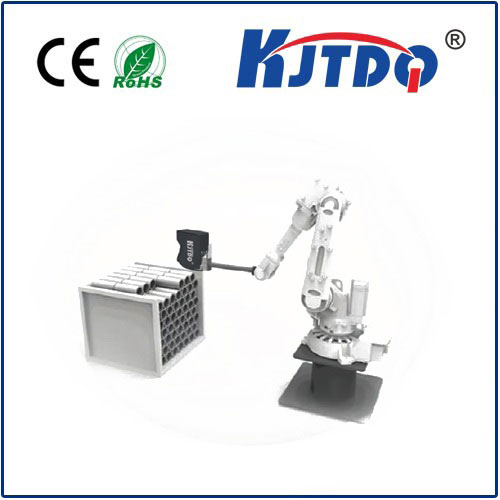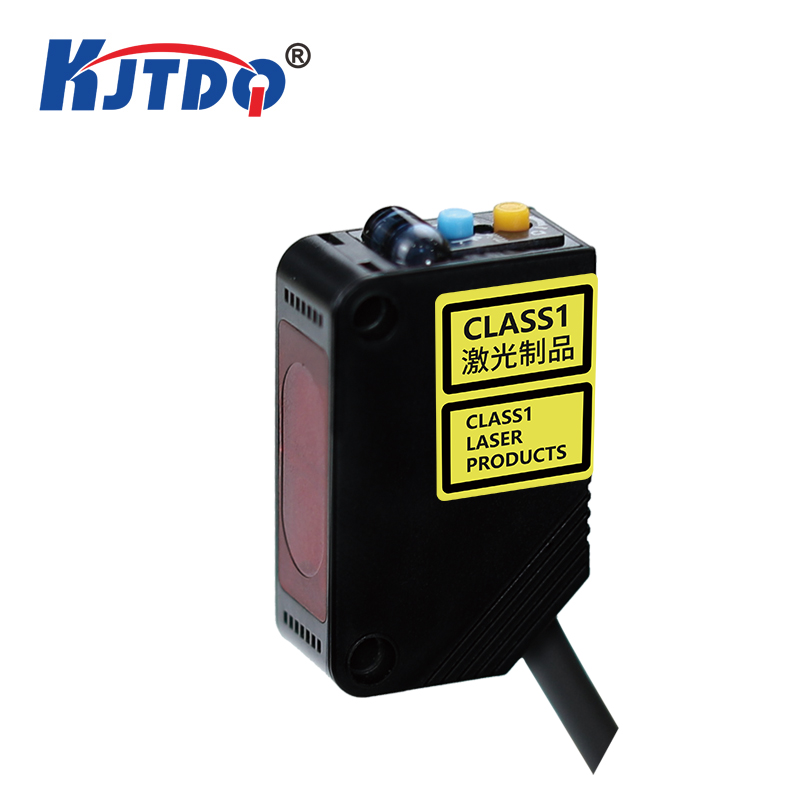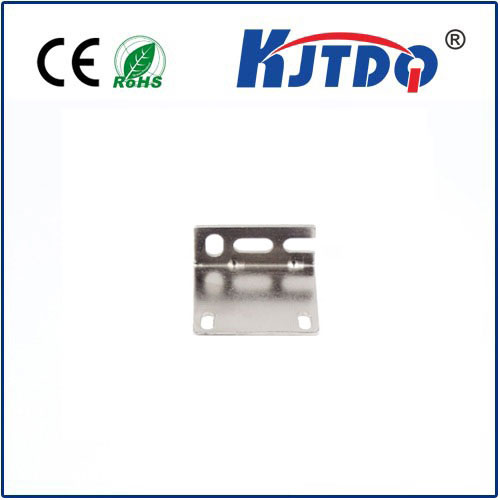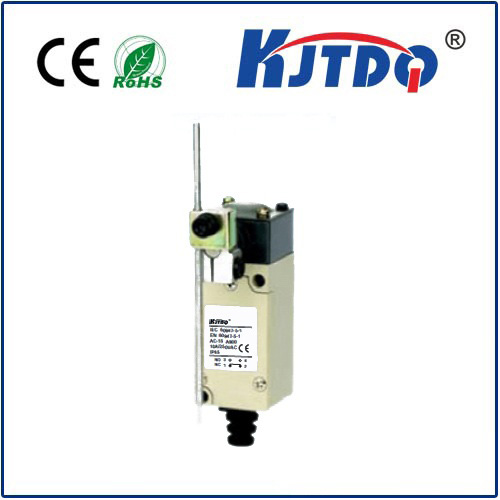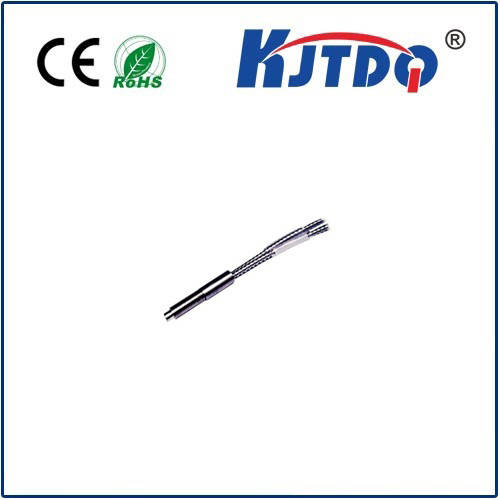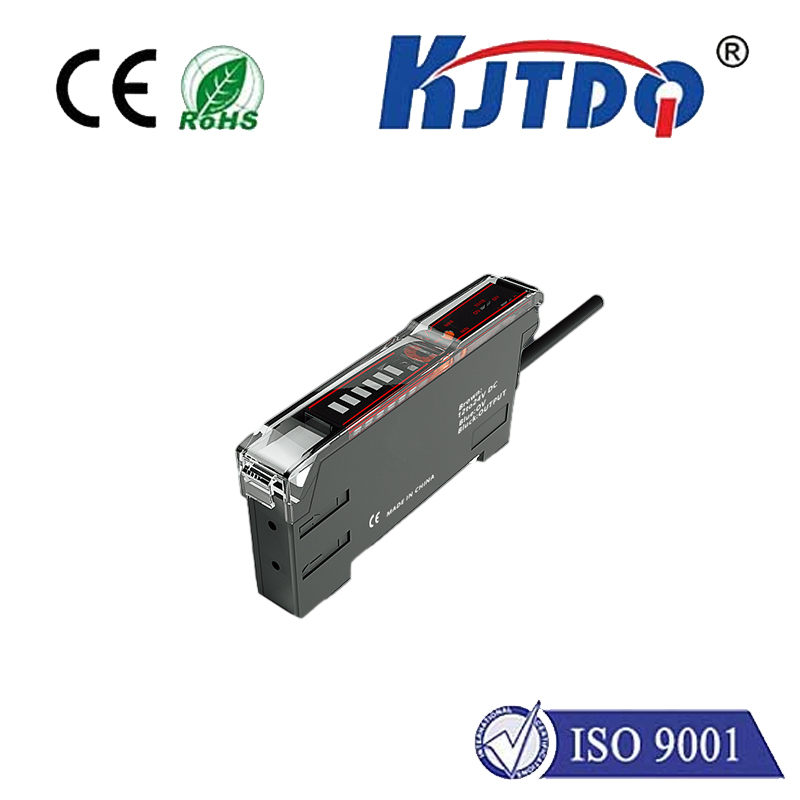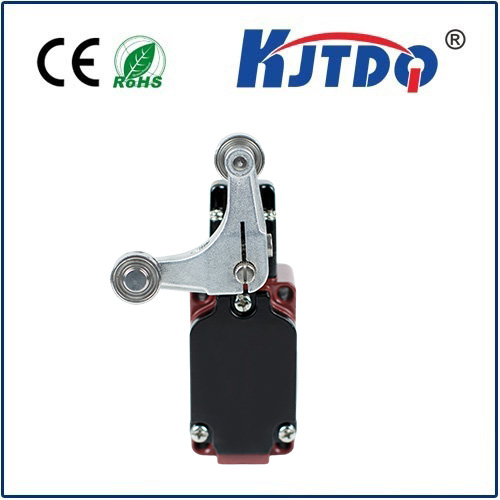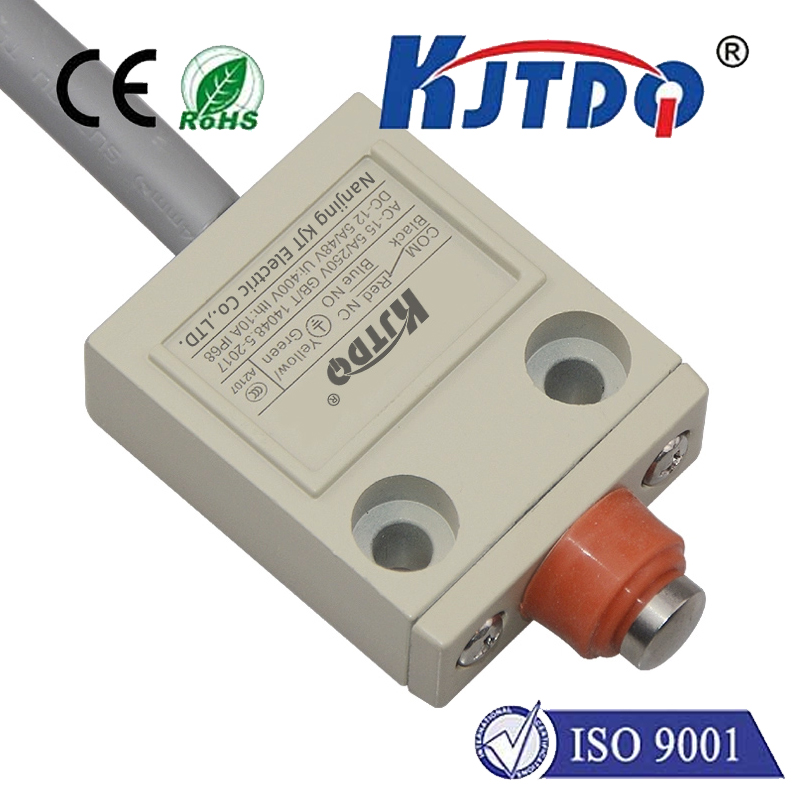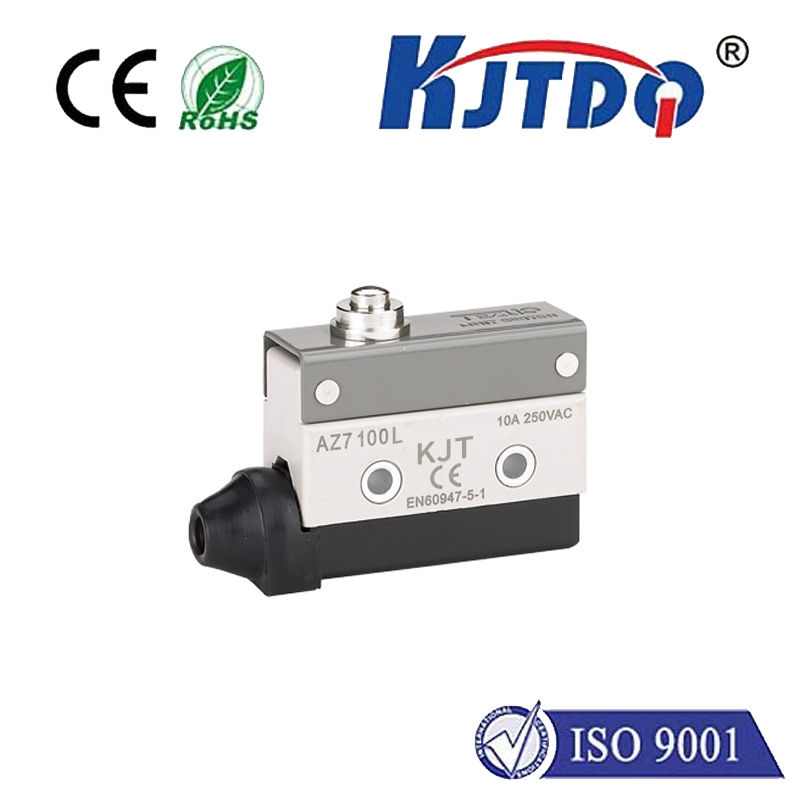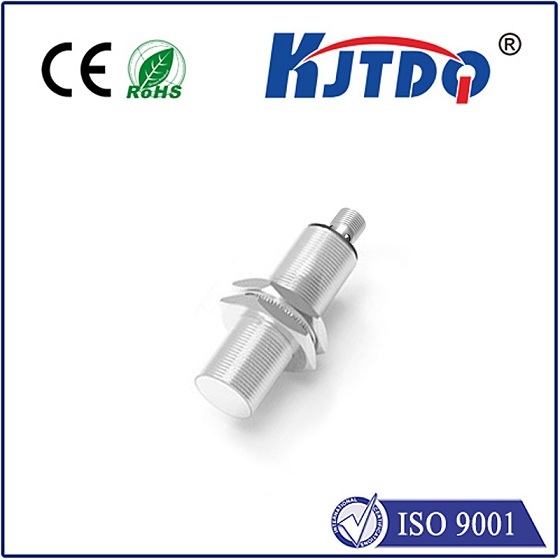
check

check

check

check
In the ever-evolving landscape of project management and organizational development, frameworks like SPS-2E-2-NP-MET have emerged as essential tools for structuring complex projects efficiently. This article delves into the intricacies of the SPS-2E-2-NP-MET framework, offering a clear and comprehensive guide for beginners to understand and implement it effectively.
The SPS-2E-2-NP-MET framework stands for Strategy, Planning, Standardization, Execution, Expansion, Next Phase, and Methodology Enhancement. It is a robust system designed to ensure that projects are not only executed flawlessly but also continuously improved through systematic feedback loops.
Strategy - The initial phase involves outlining the overarching goals and objectives of the project. This includes identifying key stakeholders, defining success metrics, and setting a clear vision to guide all subsequent phases.
Planning - Detailed planning comes next. This phase requires a meticulous breakdown of tasks, resource allocation, timeline creation, risk assessment, and contingency planning. Effective planning sets the stage for smoother execution and mitigates potential pitfalls.
Standardization - To maintain consistency and quality, standard operating procedures (SOPs) and best practices are established during this phase. This ensures that every team member follows the same guidelines, fostering uniformity across the project’s duration.

Execution - With plans in place, the execution phase begins. This is where the groundwork laid in the previous phases comes to fruition. Close monitoring and regular updates ensure that the project stays on track.
Expansion - Once the initial phase is completed successfully, the focus shifts towards scaling up or expanding the scope of the project. This could involve adding new features, entering new markets, or integrating additional resources.
Next Phase - The cycle does not end with expansion. The ‘Next Phase’ involves planning for future iterations or sequel projects. This phase encourages forward thinking and continuous growth within an organizational context.
Methodology Enhancement - Finally, the framework emphasizes continual improvement. After each cycle, methodologies are revisited and refined based on lessons learned and performance analytics. This iterative approach ensures sustained efficiency and effectiveness.
Implementing the SPS-2E-2-NP-MET framework offers several advantages:
Clarity and Focus: By clearly defining each phase, the framework ensures that every step is purposeful and aligned with the overall strategy.
Risk Management: Proactive identification and mitigation of risks help prevent potential setbacks.
Consistency and Quality: Standardized processes guarantee consistent quality across all stages of the project.
Scalability: The framework supports easy scaling and expansion, making it adaptable to various project sizes and complexities.
Continuous Improvement: Regular reviews and enhancements promote a culture of continuous learning and improvement.
Adopting the SPS-2E-2-NP-MET framework can transform how projects are managed within an organization. Its structured yet flexible approach helps in achieving project goals efficiently while fostering an environment of continuous improvement. For beginners stepping into the realm of project management, understanding and implementing this framework can be the key to driving successful and impactful projects.
